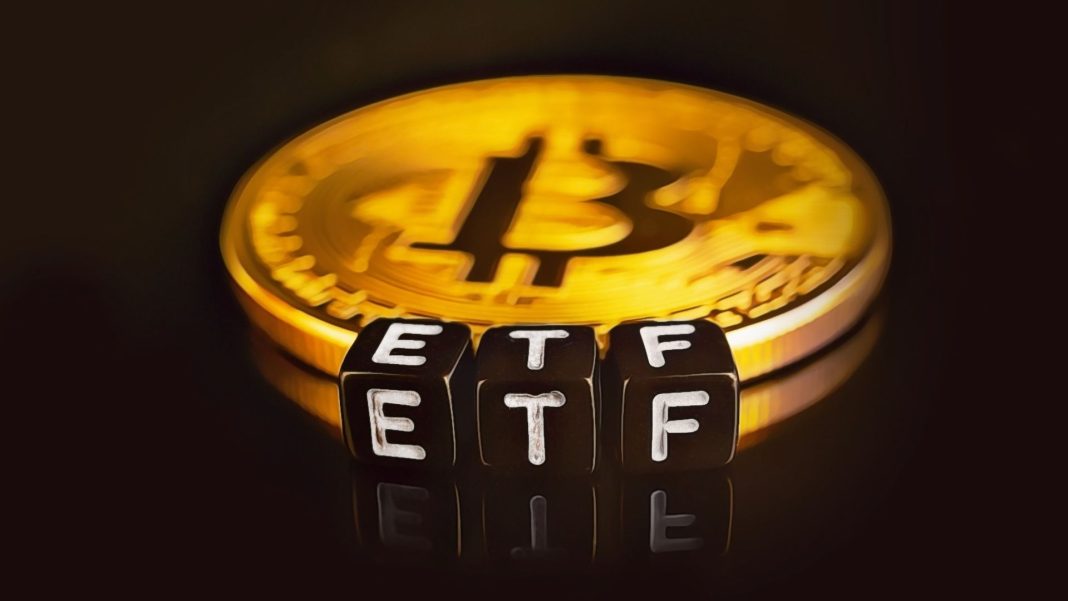Since Bitcoin’s all-time high (ATH) in March, the cryptocurrency market has seen significant supply distribution across all wallet sizes.
However, recent trends indicate a shift, particularly among the largest wallets—often linked to exchange-traded funds (ETFs)—which are now returning to accumulation mode. This trend reversal suggests growing confidence among major holders.
Since #Bitcoin's ATH in March, the market has seen widespread supply distribution across all wallet sizes. Recently, this trend shows signs of reversing, especially among the largest wallets, often linked to ETFs, which are now returning to accumulation. pic.twitter.com/XYyt5EYMxg
— glassnode (@glassnode) August 14, 2024
Currently, over 7 million Bitcoin addresses that bought between the present price and the ATH are now holding at a loss.
Despite multiple failed attempts to breach the $70,000 mark, market sentiment remains optimistic as Bitcoin has climbed back above $60,000. This resilience demonstrates that investors are holding on to their positive outlook, even as the market experiences volatility.
Over 7 million Bitcoin addresses bought between the current price and the all-time high, now sitting at a loss.
Despite multiple failed attempts to break through the $70k barrier, sentiment is positive as $BTC climbs back above $60K. pic.twitter.com/SGVJIH0m9E
— IntoTheBlock (@intotheblock) August 14, 2024
In the broader economic landscape, the U.S. recently released its latest Consumer Price Index (CPI) data. The seasonally adjusted core CPI monthly rate for July was 0.2%, in line with expectations, and slightly up from the previous month’s 0.1%. Meanwhile, the unadjusted CPI annual rate for July came in at 2.9%, slightly below the anticipated 3.0%.
The CPI data indicates that general inflation is slightly lower than expected, but the underlying inflation (excluding volatile items) is as predicted. Lower-than-expected inflation may influence economic policy to reduce interest rates. https://t.co/1q3hahIsLf
— Ali (@ali_charts) August 14, 2024
These figures suggest that general inflation is easing, which could influence future economic policy decisions, potentially leading to reduced interest rates.
The U.S. announced that the seasonally adjusted core CPI monthly rate in July was 0.2%, which was expected to be 0.20% and the previous value was 0.10%. The U.S. unadjusted CPI annual rate in July was 2.9%, which was expected to be 3.0% and the previous value was 3.0%.
— Wu Blockchain (@WuBlockchain) August 14, 2024
Bitcoin Spot ETFs Recorded Net Inflow Of $38 Million
On August 13, Bitcoin spot ETFs recorded a total net inflow of $38.9442 million. Grayscale’s GBTC ETF experienced an outflow of $28.6459 million, while BlackRock’s IBIT ETF saw an inflow of $34.5503 million, and Fidelity’s FBTC ETF recorded an inflow of $22.5639 million.
On August 13, the total net inflow of Bitcoin spot ETFs was $38.9442 million. Grayscale ETF GBTC outflowed $28.6459 million, BlackRock ETF IBIT inflowed $34.5503 million, and Fidelity ETF FBTC inflowed $22.5639 million. https://t.co/59u0BnEqLG
— Wu Blockchain (@WuBlockchain) August 14, 2024
These developments indicate a renewed interest in Bitcoin among institutional investors. As inflation shows signs of easing and large wallets return to accumulation, the outlook for Bitcoin appears increasingly positive, with the potential for further growth in the coming months.
Disclosure: This is not trading or investment advice. Always do your research before buying any cryptocurrency or investing in any service.
Follow us on Twitter @nulltxnews to stay updated with the latest Crypto, NFT, AI, Cybersecurity, Distributed Computing, and Metaverse news!
Image Source: zoomteam/123RF// Image Effects by Colorcinch




